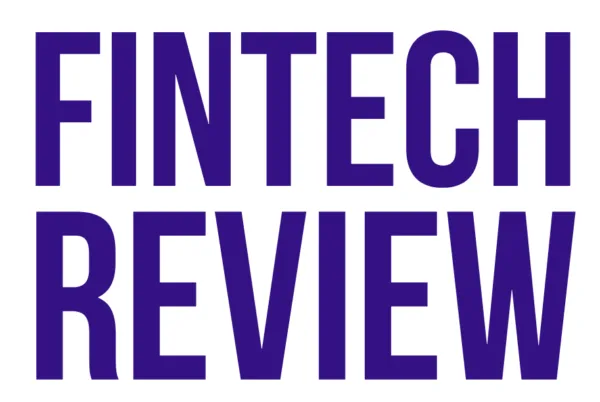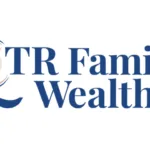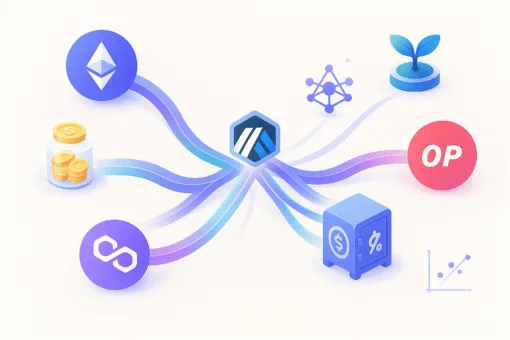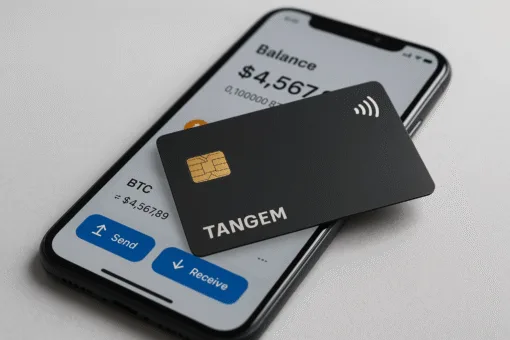By Srbuhi Avetisian from Owner.One
Too rich to be simple. Too poor to be protected. That’s the paradox of families with a net worth between $3 million and $99 million. They often possess multiple properties, business shares, and cross-border holdings, yet lack the governance frameworks typically used by ultra-high-net-worth (UHNW) families. The result? They face some of the highest rates of capital erosion during intergenerational wealth transfer.
According to Penguin Analytics, one of the largest global studies on family capital continuity, this wealth band is disproportionately affected by structural and behavioral blind spots. While their asset base demands sophistication, their planning tools remain underdeveloped:
- 74.6% of all global wealth-loss events occur within this tier
- Families in this segment lose an average of 31% of capital during transfer
- 89.1% of founders lack trust in their designated advisors to execute instructions faithfully
- Fewer than 6% have any form of inheritance structure in place
They are asset-rich, structure-poor—what the report refers to as the “missing middle” of global wealth. And unless new governance frameworks emerge that address their specific realities, these families will continue to suffer catastrophic losses—financially and relationally—during legacy events.
The Inheritance Trap
Is it a systemic failure that’s failing these families or a behavioral one? The answer lies in both directions. Structural gaps are amplified by institutional inertia on one side and psychological hesitation on the other.
Penguin Analytics reveals:
- 87.1% of families in this tier maintain asset records at a poor or moderate level
- 81.6% take no steps to close the information gap between founders and heirs
- Just 5% recognize that inaction transfers the burden of continuity to the next generation
At the same time, fewer than 4.7% use any form of algorithmic or autonomous wealth-transfer system. Most remain deeply reliant on analog advisors—attorneys, accountants, private bankers, yet paradoxically do not trust them to act in the family’s best interest.
This mismatch creates the perfect storm: complexity without clarity, and control without continuity.
Rebuilding Trust: Practical Tools for Asset Continuity

1.The Source of Wealth Essay (SoWE)
One of the simplest but most underutilized tools available today is the Source of Wealth Essay (SoWE). It serves as a personal record of the founder’s rationale behind key decisions: where the wealth originated, how it was built, what informed specific allocations, and the intent behind succession choices.
Yet despite its low barrier to entry and high strategic value, 92% of founders surveyed dismiss SoWEs as irrelevant to the inheritance process.
This is a critical misjudgment. A SoWE can:
- Document asset provenance, which is increasingly essential for regulatory clarity
- Provide heirs with non-financial context—the “why” behind the “what”
- Reduce disputes by clarifying roles, expectations, and rationale before they are challenged
- Serve as a source of moral authority, especially when external advisors shift allegiances post-founder
In fact, 77.6% of heirs report that attorneys behave less scrupulously with them than with their parents, underscoring the need for clearly documented founder intent.
For families unsure of where to begin, ready-made templates such as this SoWE template can streamline the process.
2.International Wills (InterWills)
Another core vulnerability for the $3M–$99M tier is jurisdictional complexity. These families frequently hold assets across several countries—real estate in one, businesses in another, citizenship in a third, yet rely on local wills that were never designed to manage international enforcement. The outcome? Inheritance battles that stall for years or are lost entirely.
To mitigate this, a growing number of wealth-tech platforms now offer InterWills: digitally-generated international wills that are legally recognized in 169 jurisdictions and include modern compliance features such as:
- Structured data entry to build enforceable documents in under 40 minutes
- Video-verified witness statements to strengthen authenticity
- Algorithmic triggers for asset transfer, certificate issuance, or document release
- Paper-based outputs such as notarized wills, affidavits, and declarations for court use
With 78.7% to 99.5% of traditional wills contested in some form, InterWills present a scalable, digital-native solution to a cross-border legal reality that traditional legal wills were never designed to address.
A free self-assessment tool helps families evaluate whether they require an InterWill at this stage of life: InterWill Eligibility Check
3.The Rise of Digital Repositories

A deeper behavioral shift is underway. Founders increasingly express a desire to systematize legacy planning, but with minimal human interference.
According to the analytics:
- 71.4% of capital founders say they would delegate execution responsibilities to a third party only if human involvement is removed
- 82.4% are concerned about the difficulty of keeping asset data current over time
This signals the rapid rise of digital repositories—encrypted, founder-controlled infrastructures designed to automate wealth governance.
These platforms:
- Centralize all asset records in one encrypted interface
- Allow selective, time-triggered disclosures (e.g., information is only revealed after a certain life event or milestone)
- Run on pre-set algorithms that release data based on custom event-triggers (e.g., lack of login activity, marriage, incapacitation)
- Operate on private servers, with 100% control retained by the owner and zero access granted to product providers
Importantly, these repositories serve as a digital command center, allowing owners to insert SoWEs, InterWills, letters of instruction, and other succession-related documents—all accessible under programmable conditions.
This addresses a long-standing tension: many founders want to ensure that key parties receive vital information, but not too early, not too late, and certainly not without consent. Digital repositories resolve this by enabling personalized timelines and airtight privacy.
Conclusion: Closing the Gap Between Ownership and Continuity
The families in the $3 million–$99 million wealth band are not failing because they’re irresponsible. They’re failing because they’re operating in a blind spot under the radar of institutional support, yet over the threshold of simple solutions.
The legacy risks are real. But so are the solutions.
By:
- Drafting SoWEs to clarify ownership and intent
- Leveraging InterWills to address cross-border legal fragmentation
- Using digital repositories to control how, when, and with whom data is shared
…founders can radically reduce capital loss, litigation risk, and successor confusion.
Above all, these tools help founders answer the most important question of all: Can your family continue where you left off or will they have to start over?
About the author
Srbuhi Avetisyan is a Research & Marketing Specialist at Owner.One, a global WealthTech company focused on digital asset repositories and cross-border inheritance solutions. She draws on insights from Penguin Analytics—one of the world’s largest inheritance studies, covering 13,500 families across 18 countries—to translate complex data into practical strategies. Combining this research perspective with first-hand observation of families using Owner.One’s platform in real time, she develops evidence-driven marketing campaigns that enhance brand authority and drive adoption.
















